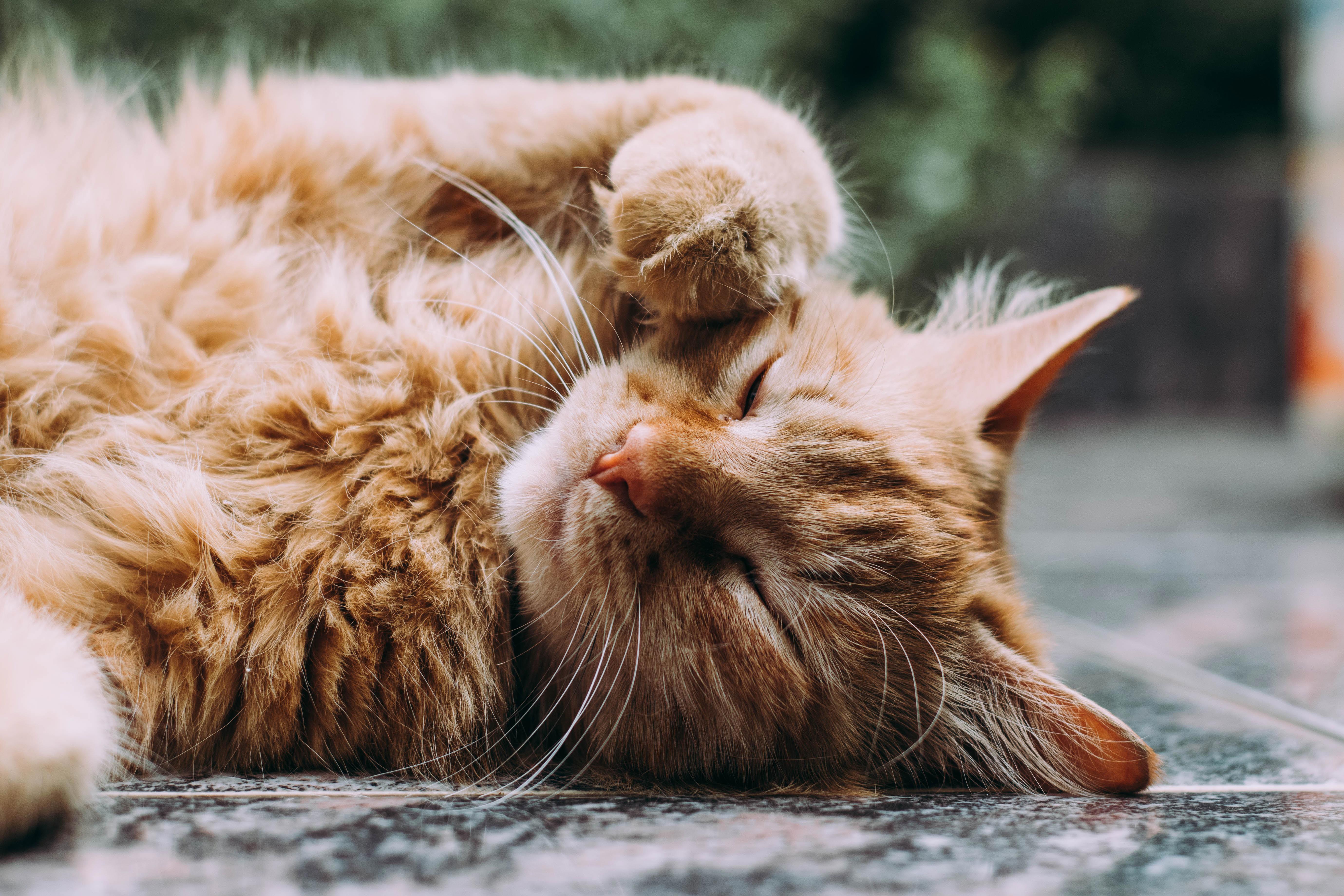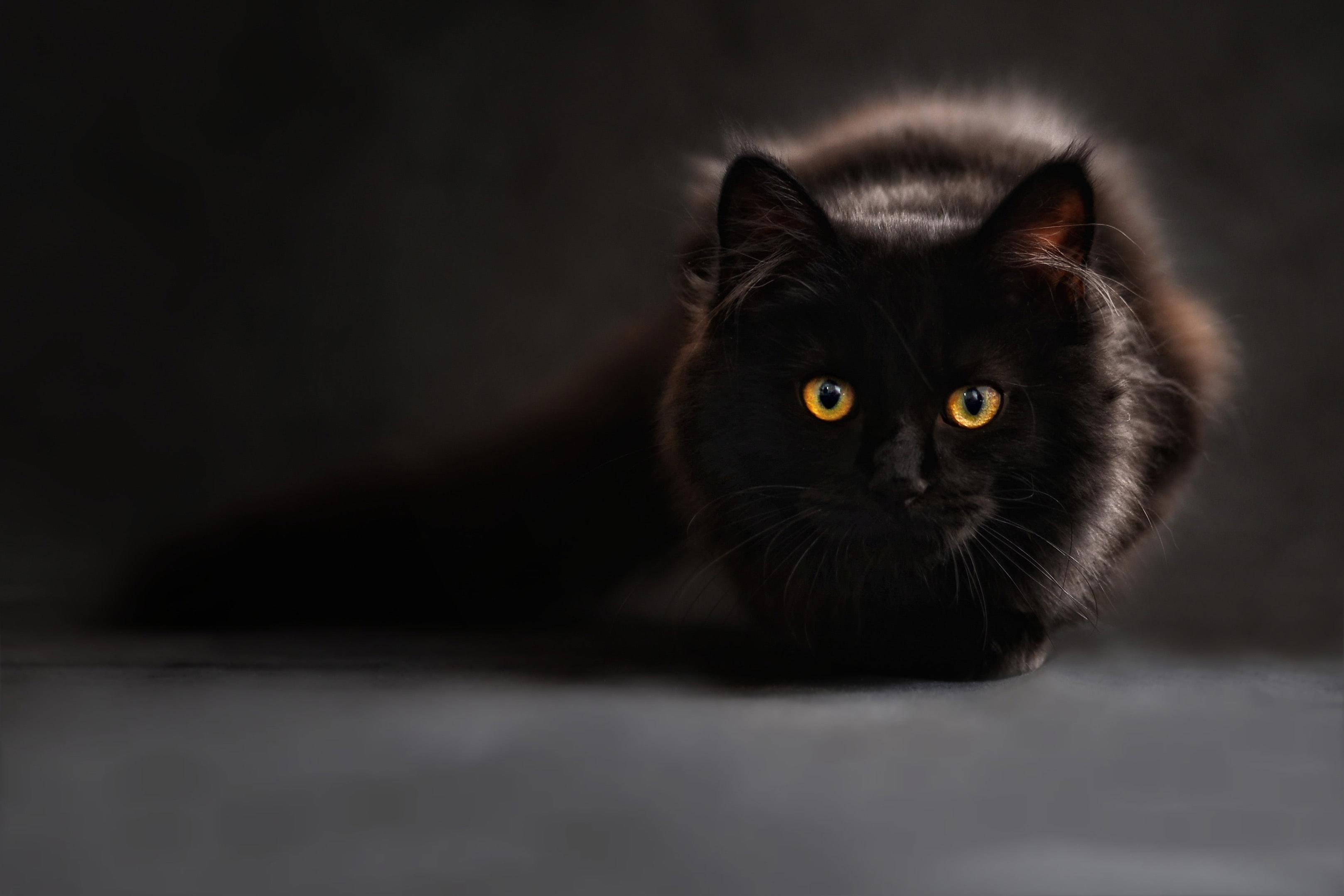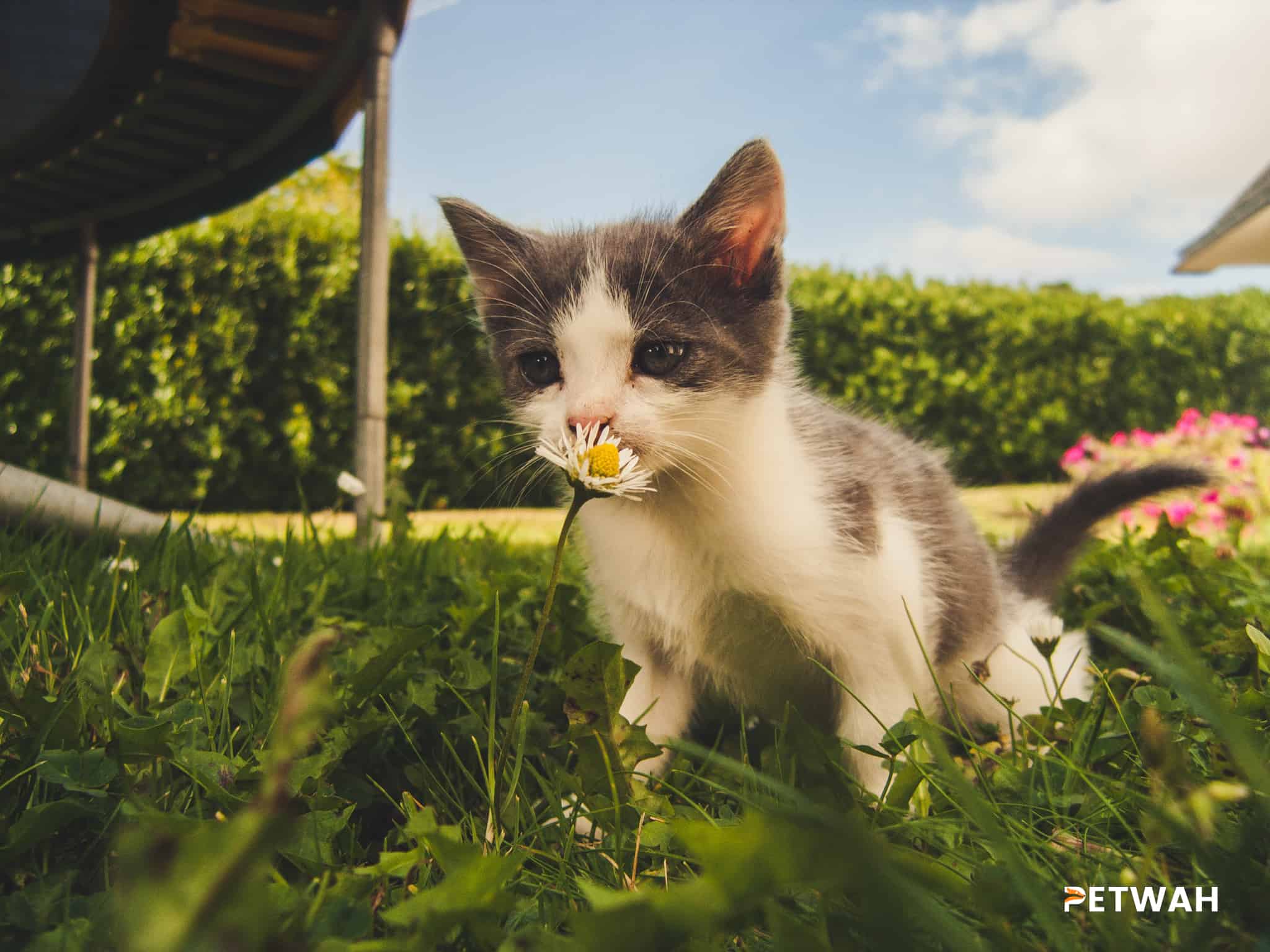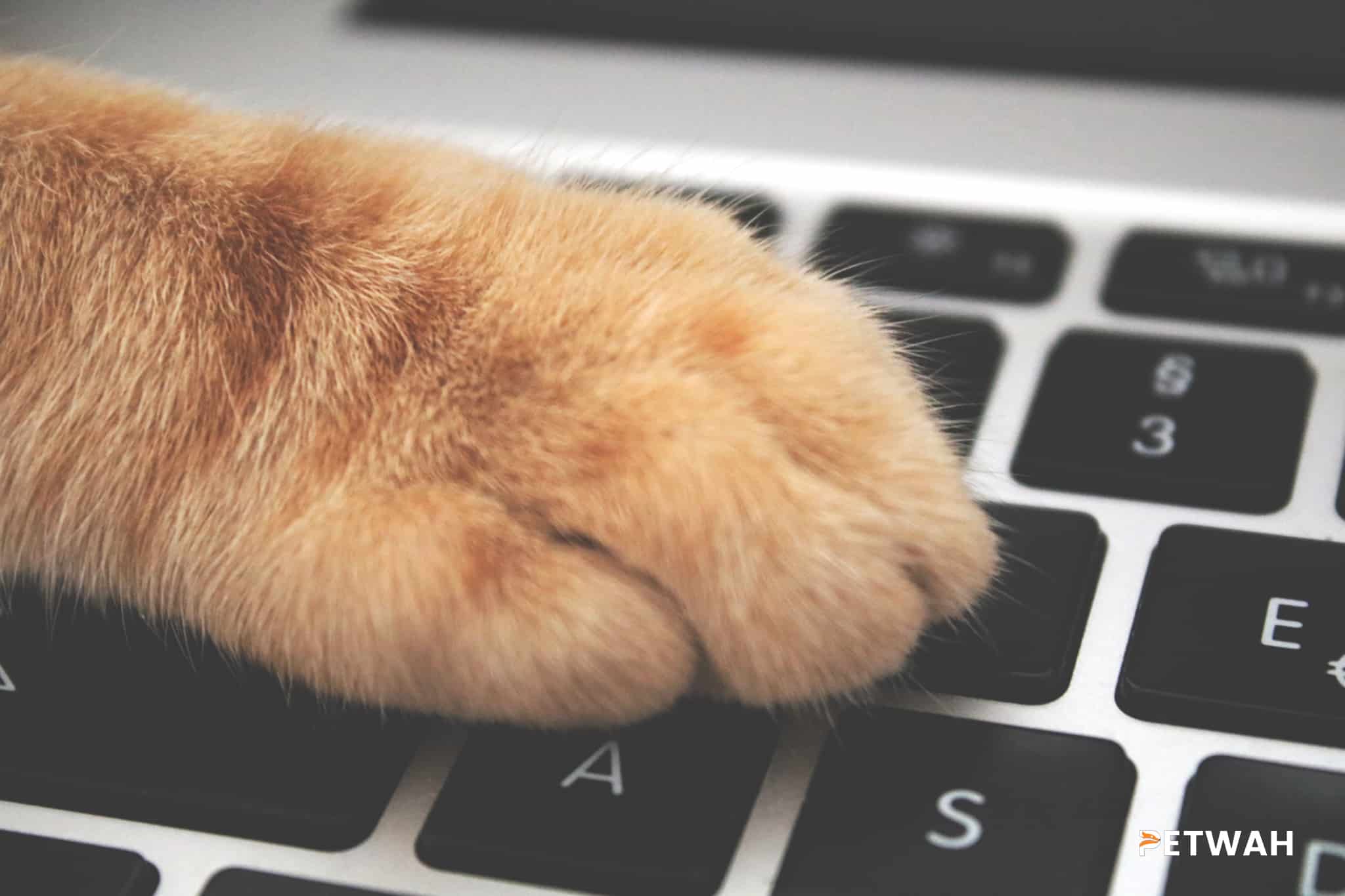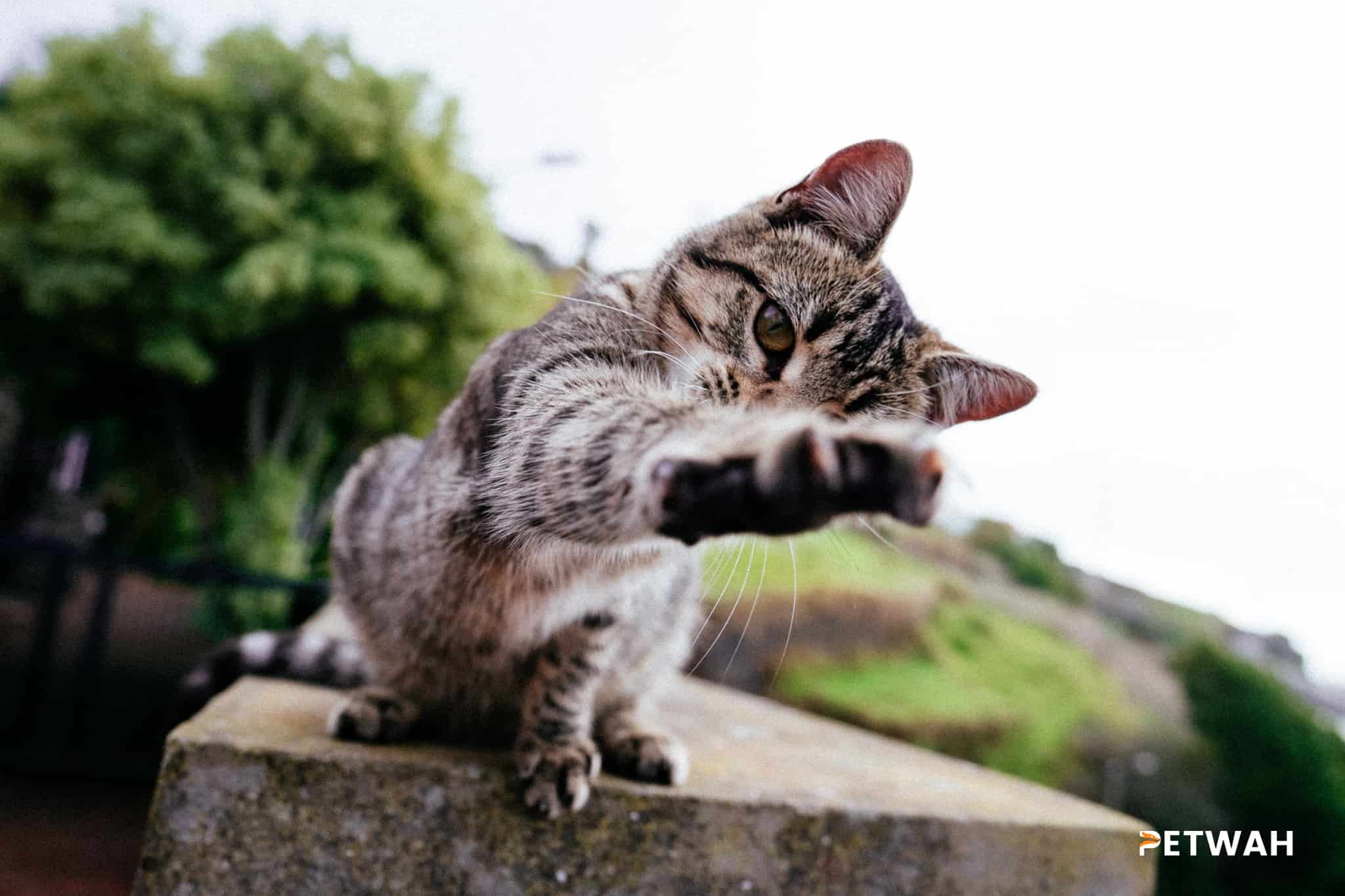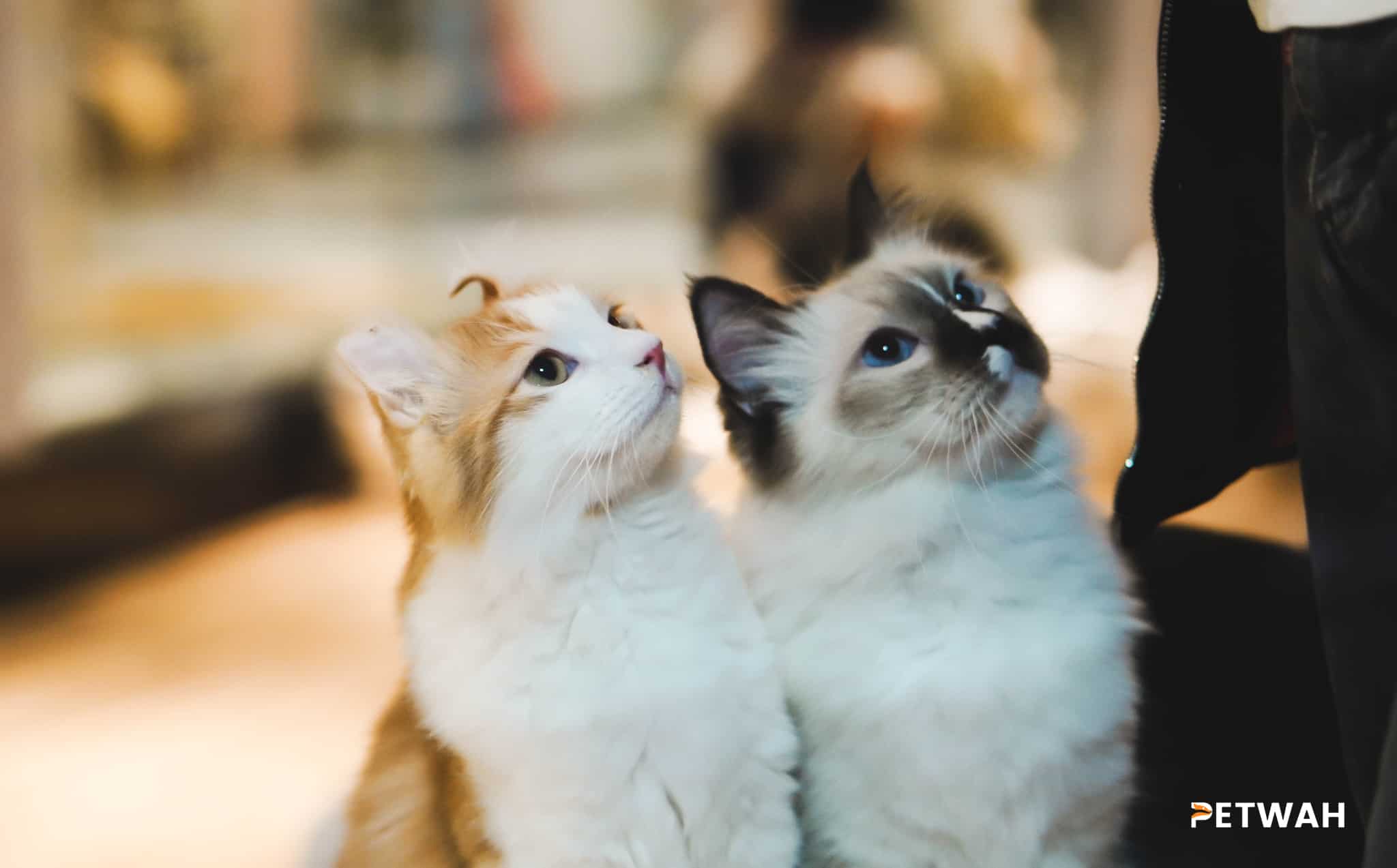As a cat owner, you want the best for your furry friend. You provide them with a warm home, endless cuddles, and all the toys they could ever want. However, when it comes to declawing your cat, it’s important to understand the potential risks involved. Declawing may seem like a simple solution to prevent your cat from scratching your furniture or family members, but the truth is that it’s a painful and invasive procedure that can cause long-term physical and emotional harm to your beloved pet. In this article, we’ll explore the truth about declawing cats and help you understand the risks involved.
Declawing is a surgical process that involves the amputation of the last digit of each toe on a cat’s front paws. While this procedure has been a common practice for several decades, it has become a topic of debate in recent years. Many animal welfare organizations, including the American Society for the Prevention of Cruelty to Animals (ASPCA), advocate against declawing because of the potential risks and negative consequences associated with the practice.
One of the most significant risks of declawing is the potential for severe pain and discomfort. The procedure involves cutting through bone, nerves, and tendons, which can lead to significant pain and discomfort for the cat. Even with pain medication, cats may experience discomfort for several days or even weeks after the procedure. In some cases, cats may develop chronic pain or nerve damage that can last for the rest of their lives.
Declawing can also impact a cat’s behavior and health. Cats rely on their claws for balance, climbing, and self-defense. Removing their claws can make it difficult for them to perform these essential functions, which can lead to a decline in physical and mental health. Additionally, declawed cats may become more aggressive or anxious, which can lead to other behavioral problems.
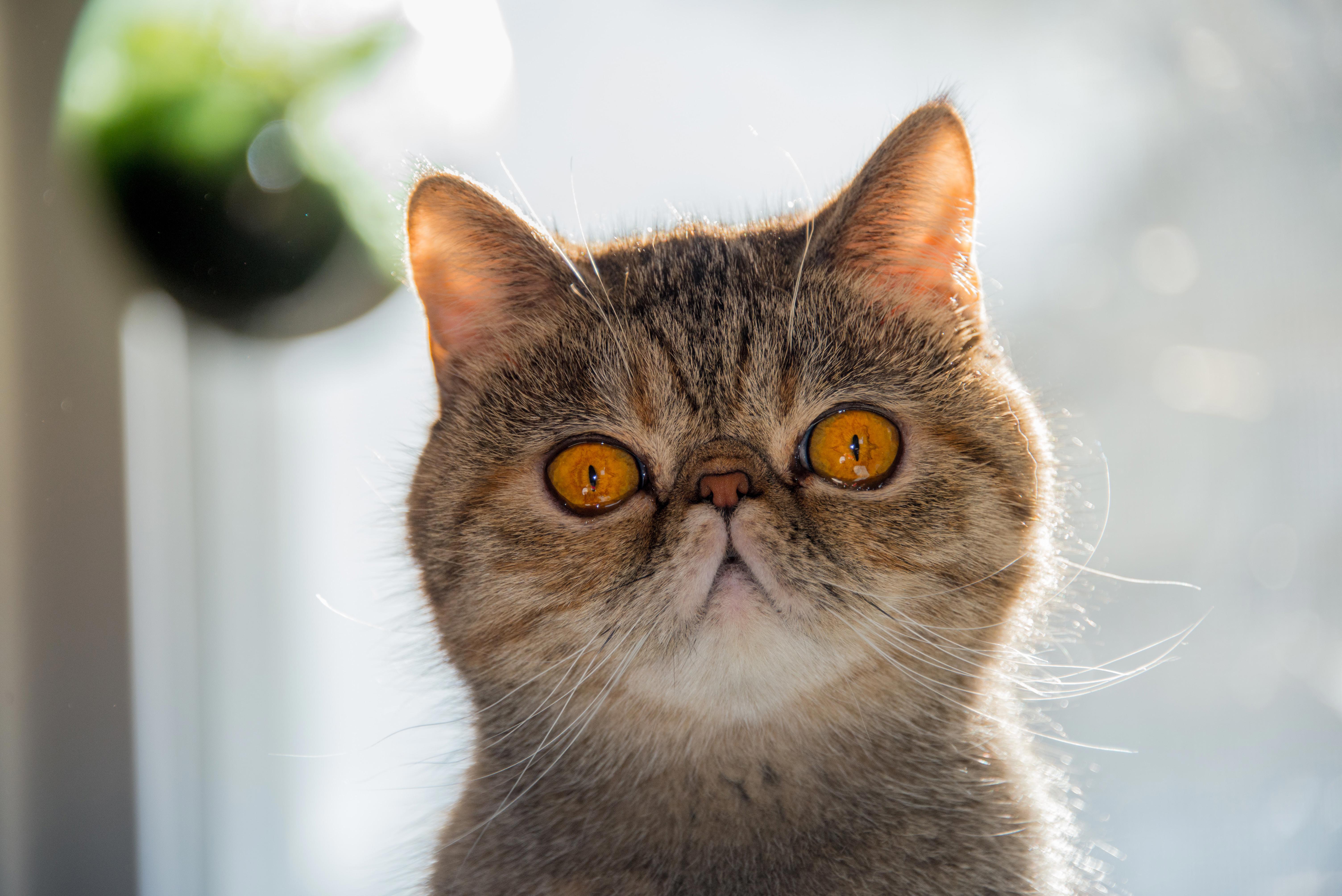
Another potential risk of declawing is the possibility of complications during the procedure. Like any surgical procedure, declawing can result in bleeding, infection, or other complications that can put the cat’s health at risk. In some cases, cats may require additional surgery or medical treatment to address these complications.
Finally, declawing can have long-term consequences for cats’ health and quality of life. Declawed cats may be more likely to experience chronic pain, arthritis, or other health issues later in life. Additionally, declawing can impact a cat’s ability to interact with other cats and humans in a natural way, which can lead to social and emotional problems.
In conclusion, declawing is a controversial procedure that carries significant risks and potential negative consequences for cats. While some owners may consider declawing as a solution to unwanted scratching or destructive behavior, it is essential to consider the potential risks and negative impacts of the procedure. Alternatives such as regular nail trimming, scratch posts or caps, and behavioral training are more humane and less risky options that can help address the issue of unwanted scratching. As responsible pet owners, it is our duty to prioritize the health and well-being of our furry friends and make informed decisions about their care.
In conclusion, declawing a cat is a serious procedure that should not be taken lightly. The risks involved, such as infection, pain, and behavioral issues, are significant and can have long-lasting effects on your furry friend’s well-being. It is important to understand that there are humane alternatives to declawing, such as providing scratching posts, trimming your cat’s nails, and using soft paws. As a responsible pet owner, it is your duty to educate yourself on the risks and make informed decisions that prioritize your cat’s health and happiness. Remember, a declawed cat is not a happy cat. Let’s do our part to keep our feline friends happy and healthy.


